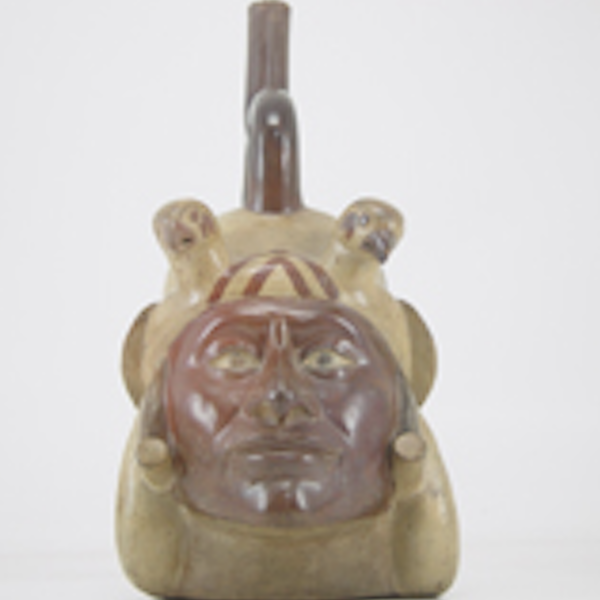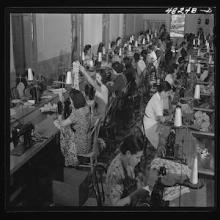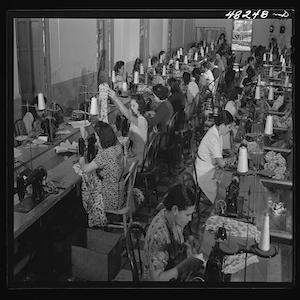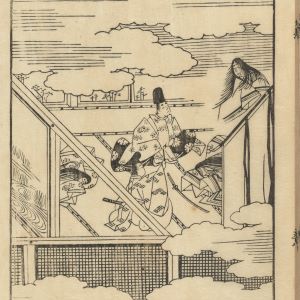Gender

Te Paranihi, or Maori War Canoe
Te Paranihi is a 17-meter (55 feet) war canoe, or waka taua, from the Maori culture indigenous to New Zealand.

Nok Terracotta Sculptures
Nok terracotta sculptures are the earliest-known sculptures from sub-Saharan Africa, created by the Nok culture of which little is known except their ironworking and terracotta sculptures that flourished circa 1500 BCE to 1 BCE.

Huaca Pucllana, Ancient Pyramid in Peru
Huaca Pucllana is a pyramid site built around 500 AD by the Lima culture of Peru. The pyramid was built with seven platforms made from adobe bricks and is around 82 feet (25 meters) high, and has a plaza surrounding it. The pyramid was a site of ceremonial and religious power.

Moche Portrait Vessels
Moche portrait vessels are ceramic vessels that often featured only heads, but some also have full human bodies as well, and most are representations of adult men.

Ceramic Female Figure from Ecuador
This clay figure dates from the third millennium BCE and is evidence of the earliest known ceramic traditions of any ancient peoples in the Americas. This figure, and many others like it, are from the Valdivia culture of Ecuador.

Short Teaching Module: Portraying Women Workers: Beyond Norma Rae
Starting at the turn of the twentieth century, U.S. and insular government offices and textile and garment businesses incorporated women of the New South and Puerto Rico into manufacturing in distinct yet interrelated ways.

Norma Rae: Depicting Women's Labor History through Film
In this still shot from the movie Norma Rae, two pretty and petite white actors represent southern mill hands. Norma, portrayed by the famous actress Sally Field, stands with her mother (Barbara Baxley).

Puerto Rican Needleworkers in a Factory, San Juan, Puerto Rico, 1942
This government photograph provides an important contrast to the popular culture images of poor southern whites. During the 1940s and 1950s, U.S. government agencies hired photographers to travel the main island of Puerto Rico to capture the conditions of working people.

The Love Letter by Jan Vermeer
Painted in the last phase of his career, Dutch artist Jan Vermeer’s The Love Letter is a work of oil on canvas that depict

Yamamoto Shunshō’s The Tale of Genji
Largely considered the first novel, The Tale of Genji was written by Murasaki Shikibu, a noblewoman and lady-in-waiting du